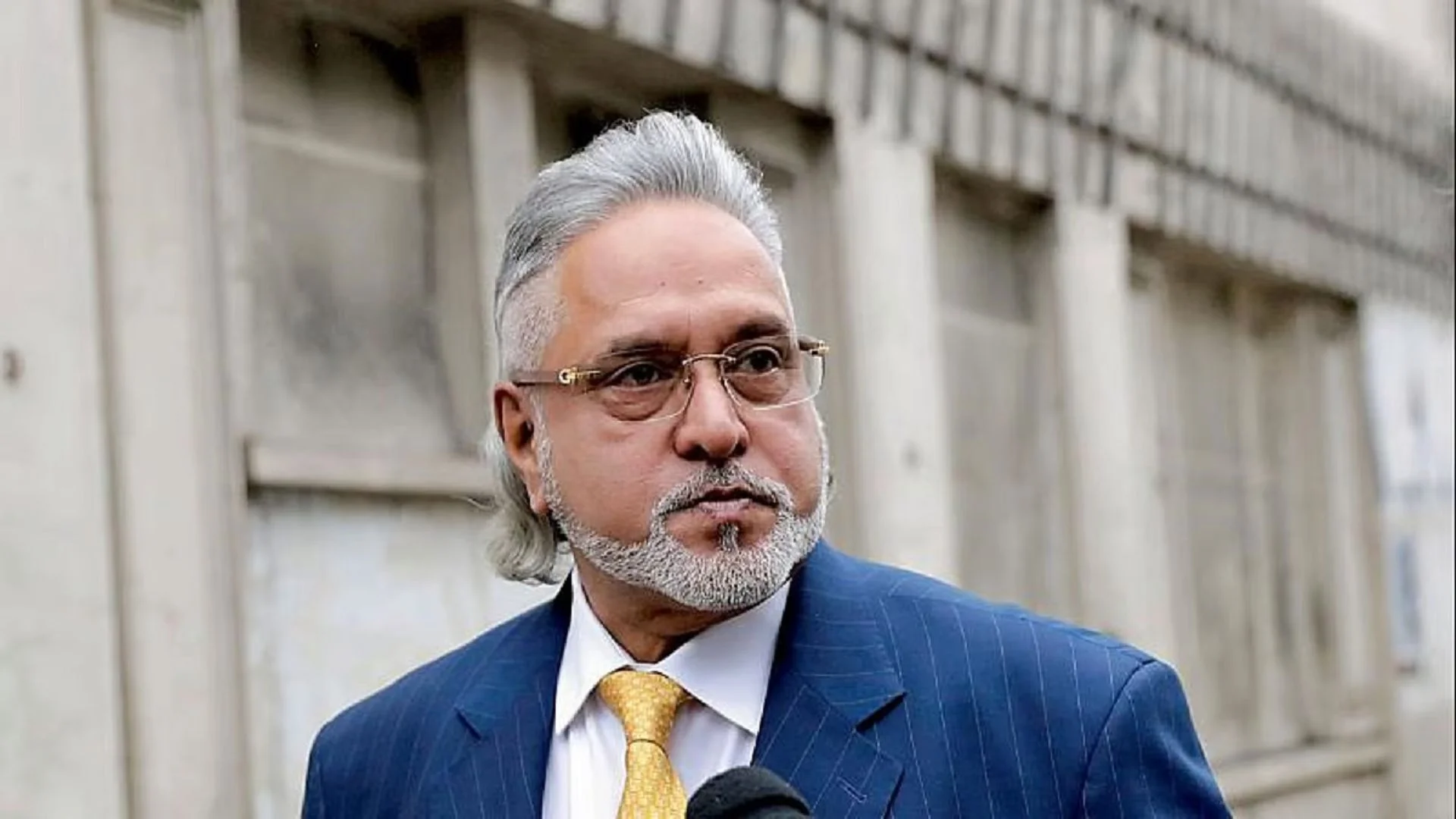It is often said that idea of complete justice and sustainable development can only be achieved when the person standing at the extreme last of the line is provided with equal opportunities to excel in his life without any prejudice or discrimination. With this objective, the NDA government introduced the 103rd constitutional amendment act in the parliament in 2019 by amending Articles 15-16 of the Indian Constitution. This amendment provides 10% reservation in jobs and admissions in educational institutions for aspirants belonging to economically weaker sections. The amendment brought changes in two articles; clause 6 of aforesaid articles was introduced. This provision is said to be enacted to promote the welfare of the sections that are not economically well-versed and financially strong and not the beneficiaries of the traditional caste-based reservation policy provided for SC, ST & others. It is pertinent to note here that the amendment enables both Central and State Governments to provide the reservation to the EWS category.
On January 2019, The department of personnel and training issued a circular to all the union ministries and departments notifying the 10% reservation would be applicable for the EWS category in new vacancies and admissions. All the criteria and basis to claim the said reservation were clearly explained in the notification which includes the family income, possession of the house and lands & properties, etc.
Right from the introduction of EWS Reservation Apex Court has been flooded with more than 40 petitions challenging its validity and alleging the said enactment inconsistent with the Basic structure of the Indian Constitution. Recently Apex court gave its verdict in the case of Janhit Abhiyan v Union of India with 32 connected matters, W.P. (C)no 55/2019; the present petition mainly challenged the validity of the Constitution (103rd) Amendment act,2019. Initially, the petition was heard by the 3judges bench where it was held that the petition involves questions regarding the interpretation of the Constitution, it was transferred to the 5judges bench. The newly amended article 15(6) enables the State to make special provisions for the advancement and upliftment of any economically weaker section of citizens including reservations in the educational institutions; minority institutions being the exception covered under Article 30(1) of the Indian Constitution. The amendment categorically made it clear that reservation under this enactment shall not exceed 10% of the statutory limit, the same will be in addition to the existing 50% reservation. After getting a rough idea about the enactment in the controversy it is important to understand what the issues raised before the Apex court. The issues are as follows;
Whether the enactment violates the basic structure of the Constitution by providing reservation solely on the basis of financial criteria or not?
Whether the amendment violates the basic structure by excluding the SC & ST poor from the EWS provision or not?
Whether the enactment breaches the statutory limit of 50% ceiling limit or not?
In the present petition, the Apex court upheld the constitutional validity of the enactment with the 3:2 ratios where CJI UU Lalit & Justice Ravindra Bhatt gave the dissenting opinion. The three judges held that the 103rd amendment is constitutionally valid & not violative of the basic structure on any abovementioned issues. It was further held that reservation is an instrument of affirmative action by the state to ensure the inclusion of all and it can’t be held that only caste-based inclusion is required.
In the minority judgment, it was held that any enabling provision shall not be considered outside the ambit of judicial scrutiny; the provision may violate the basic structure. While dealing with the issue; of whether the exclusion of SC&ST in the EWS policy is violative of Basic structure, the majority held that such exclusion does have a significant reason behind this and SC & ST already provided with the affirmative actions by the State in the existing reservation regime and there is no point of providing them with the double benefit and same shall be considered as the reasonable classification. It was further held that whenever the Parliament wishes to implement any affirmative action for a targeted group, the same has to be done by the exclusion of others. The same principle of exclusion has been applied to the affirmative action of the reservation to SEBCs and OBCs. Just as equals as unequal, unequal cannot be treated equally. Treating unequal, equally shall be a violation of equality under the constitution.
After dealing with the concept of basic structure it is important to understand what is the basic structure of the Indian Constitution and how learned judges have interpreted the same in many landmark cases,
According o Edmund Burke (the Father of Conservatism), “A Constitution is an ever-developing thing and is continuously ongoing as it embodies the spirit of the nation. The impact of the past enriches it now and makes the future richer than the present. As we all know that parliament has the amending power because the constitution has been made in the 1950s and from time to time society is changing so our constitution also needs to change. So the amending power of the constitution by our parliament is given in art 368 of our Indian constitution but with certain limitations. Article 368 falls under part XX of our Indian and art 368 basically provides three types of the amendment. When we talk about where the idea of basic structure it came first time in the case of Keshvanand bharti case in the year 1973. And from than supreme court that is we can say the translator of our Indian constitution keeps eye on all the amendments which are done by our legislature i.e. our parliament if we talk about what was the position before the keshvananda case the authority of parliament to amend the constitution and especially the fundamental right part was being challenged in 1951 regarding and ownership and property. The keshvananda case laid the basic jurisprudence on how the amending power of the Indian constitution will work and how parliament will interpret it. And the most important and basic part of this judgment was the opinion of justice Khanna he said that the power of amendment is limited to what our constitution is saying and parliament is not in any capacity to alter its basic structure, and parliament does not have an unlimited power regarding amendment in any situation. And the effect of this judgment was immediately used in the 24th amendment however one condition which was in favor of parliament was that parliament could only change fundamental rights subjects to the general constraint of the constitution’s basic structure and that is not being amendable. The basic significance of this case was that in golak nath they viewed that we can’t amend any of the fundamental rights but keshvananda provides a little flexibility in that we can’t include all the fundamental rights as a constitution’s basic design and we can consider only those that contain part of basic structure essence. Keshvananda do overrule the golak nath one but it didn’t reestablish any parliament supremacy. Golaknath fully emphasized that in any circumstances we can’t amend the fundamental right part but keshvananda said that there are some provisions in our constitution which is equally important and if they also form the basic structure then that is also amendable and parliament cant rewrite the whole constitution with the help of art 368. And by invalidating the 31-c part this judgments also prevented the state legislature to interfere in the power of judicial review and said that it will remain with the court and none of any judicial review will destroy this .when we talk about recent judgment where keshvananda case was being used is that it in the IR Coelho case the main issue of the case was how much judicial scrutiny can be applied to a constitutional amendment in other word the main issue of the case was that if any law which violate art 14,19,31 can that be included in 9th schedule or can it be declared void so our honorable court declared that no absolute immunity is not available and the law which is included in 9th schedule were unable to avoid judicial review based on rights outlined in part III and court also held that if we are putting any law in 9th schedule we have to keep a check on that too .and this judgment added a new direction to the definition of what actually a basic structure is .
After that, the court expanded this ir Coelho in the case of Nagaraj case and it was held that a fundamental framework need not to be contained exactly in the language of the constitution. Court also defines the thin line difference between the essence of the rights test and the rights test .and it can be concluded that the definition and the meaning of basic structure got changed from time to time from the 1970s to 2022 with the addition of rights and subtraction of rights thus the basic structure which we are witnessing today is the result of years of court interpretations and its related constitutional framework.
The bench held that it is constitutionally valid to treat the economically weaker section as a separate class. While holding the majority judgment various international conventions have a relationship with economic disability this inclusion held correct to fulfill Obligations under those conventions.
The landmark case of Corcocraft v. Pan American airways;1969(1) ALL ER was also mentioned where lord Denning held that it is the duty and obligation of the courts to construe and interpret the legislations in consistency with the purview of the International laws and not in conflict with it.
The present verdict by the Apex court can be considered a significant win for the current NDA government as well, it was alleged by the opposition that the aforesaid enactment is nothing more than a sham and trick to win the 2019 General elections. It was in fact a true litmus test of the Government regarding the inherent respect for the constitution and statutory institutions.

















